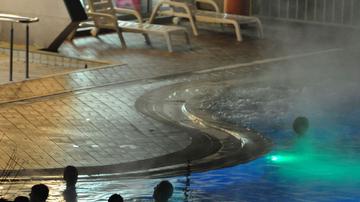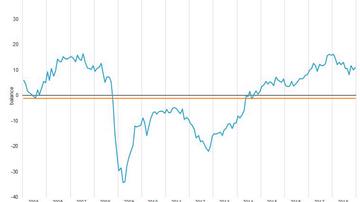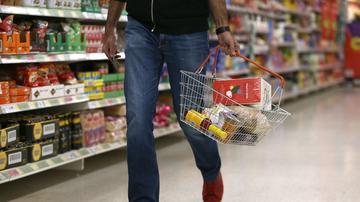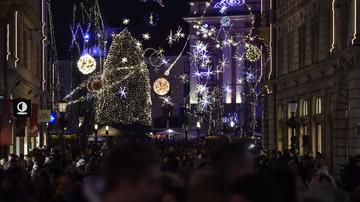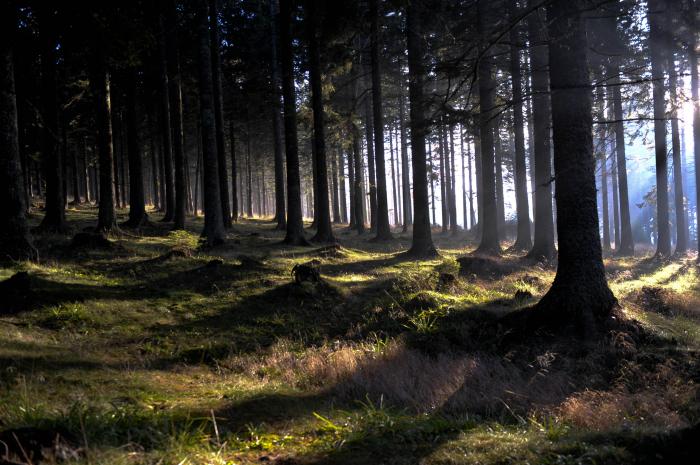
Diversity of Slovenia offers various possibilities of connecting with nature
Slovenia is the third forest richest country in Europe. Forests – which cover more than half of Slovenia’s territory (almost 1.2 million hectares in 2015) – are complex ecosystems that have a large impact on the environment. In addition, they are a habitat of many plant and animal species, and they have an impact on air quality and reduction of negative impacts of air emissions. Forests are namely large sinks of carbon dioxide (CO2), which is one of the greenhouse gasses generated primarily by burning fossil fuels. In 2015 CO2 represented 81% of greenhouse gas emissions in Slovenia; compared to 2008, when it was the largest in the past thirty years, the share decreased by almost 5 percentage points.
In addition to being a place for recreation and spending of quality leisure time, forests are also a source of income, particularly due to the sale of wood. In 2015, 6 million m3 of wood were cut, which is almost twice as much as in 2010 and almost 2.5 times as much as in 2000 when 2.6 million m3 of wood was cut. The growing stock in Slovenia has been increasing; between 2000 and 2015 it went up by 27%, for non-conifers by 34% and for conifers by 20%.
Slovenia is relatively rich in water resources exceeding the European average by almost four times. The amount of available freshwater resources in Slovenia varies considerably as it depends on the river flows, weather conditions and climate change. In 2015, 12,000 m3 of freshwater per person was available in Slovenia, 47% less than in 2014, when the availability of freshwater resources was the highest in the past 15 years (22,000 m3/per person).
In 2015, 897 million m3 of water was abstracted in Slovenia, of which 18% for public water supply and 77% for implementing various activities by enterprises. 5% of abstracted water was lost in the water supply network.
Over 3 million tons of waste was recovered in 2015 and thus entered the circular economy. Reuse and recycling of waste help reduce the extraction of domestic resources. Almost 25 million tons of domestic resources were extracted in 2015, 12% less than in 2010. Extraction of fossil energy materials decreased the most, by almost 29%, followed by extraction of non-metallic minerals with 20%, while extraction of biomass increased by 24%.
Nature and natural goods can be preserved by correct and appropriate investment in environmental projects and facilities for improving and preserving clean nature. In 2015 environmental protection investment, which is intended for introducing new technologies and improving existing technologies, procedures and equipment, amounted to EUR 422 million, which was an 8% increase over 2010. Most was invested in waste management (almost 40%), followed by investment in waste water management (37%) and investment in protection of ambient air and climate (over 16%). 4% was invested in noise and vibration abatement and just over 1% in protection and remediation of soil, groundwater and surface water. 2% was other investment, which includes protection of biodiversity.
Tina Črnigoj Marc, Mojca Žitnik, Statistical Office of the Republic of Slovenia





















































